 |
| They are part of the "Ratite" family, and are related to birds like the Emu, Ostrich and Moa. "Ratite" refers to their flat breastbone, which does not have a keel from which strong flight muscles are normally attached. |
 |
| Kiwi can live up to 70 years but only about 50% of kiwi eggs hatch in the wild. Of those, only about 5% make it to adulthood. |
 |
| Kiwi are monogamous and won't start breeding until they are 4- to 5-year-old. |
 |
| Click on the photo so it enlarges to enable you to read it. |
 |
| Kiwi will lay 1 to 4 eggs in a year and the male does most, if not all, of the incubation. The eggs are incubated for about 80 days, the longest for any bird in the world. |
 |
| Even if you do smell them, you probably can't catch them because they can run faster than a human. |
 |
| A stoat is part of the weasel family and are native to Eurasia and North America. |
 |
| Information about the west coast gold rush of the 1860's. |
 |
| Information about the area's timber industry |
 |
| Information about deer farming |
 |
| Introduction of deer to New Zealand |
 |
| Greenstone - New Zealand jade |
 |
| Whitebait - we had some the night after this photo was taken. |
 |
| Pukeko |
 |
| Shining Cuckoo |
 |
| Paradise Shelducks mate for life |
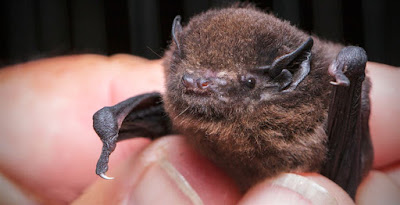 |
| Pekapeka is the Māori name for long and short-tailed bats. They are the only mammals native to New Zealand. |
 |
| Royal Spoonbill are a more recent arrival |
 |
| The kotuku only breed near Okarito lagoon. In the late 1800's they almost went extinct because they were being hunted for their feathers, which were used to adorn woman's hats. |
 |
| There is a cafe at the Wildlife Center so we decided to eat something local. This is a venison steak and cheese pie. |
 |
| And this is a wild hare mushroom mustard pie |
 |
| We paid extra for the guided tour behind the scenes to see the kiwi hatching and incubation facility and the Tuatara Encounter. |
 |
| Just see how they grow. |
 |
| They didn't have any eggs incubating while we were there. The machines in the back turn the eggs during incubation |
 |
| Kiwi eggs are only slightly smaller than an emu egg. |
 |
| These eggs are huge - about 20% of the female's body weight! That's like a human delivering a 6-year-old! They can weigh over a pound. |
 |
| Just a few cages in the brooder room. No kiwis. |
 |
| We were shown what they look like at different stages in their development. |
 |
| We were able to hold these weighted kiwi toys so we could fill how heavy they were at various stages in their life. They are heavy. |
 |
| The estimated number of each type of kiwi currently living in the wild. |
 |
| The second half of our tour took us to a different area of the center to see the tuatara. The signage was all worded as if one was talking to you. |
 |
| One of the tuatara they had in the habitat. |
 |
| They had an enclosure for the locusts. I guess one had gotten loose earlier in the day, but we didn't see it. |
 |
| The guide had caught one of the tuataras before the tour so we could see one up close and even feel it's skin. It was way softer than it looks. |
























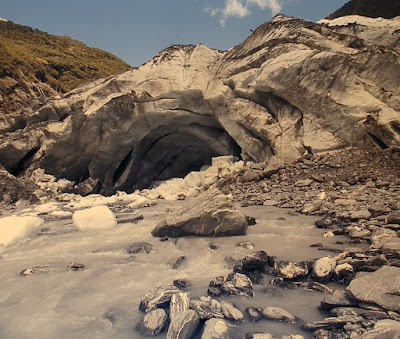




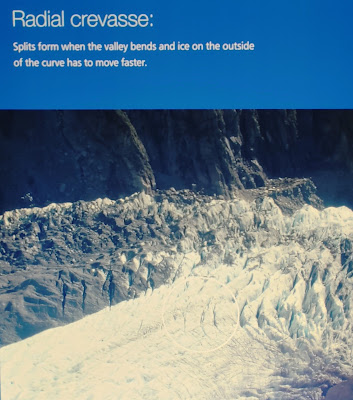
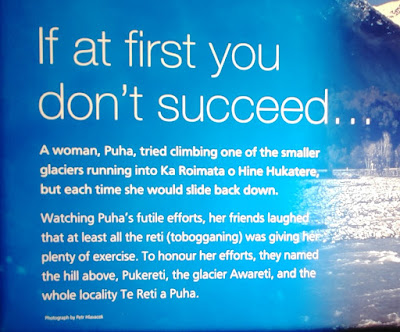




























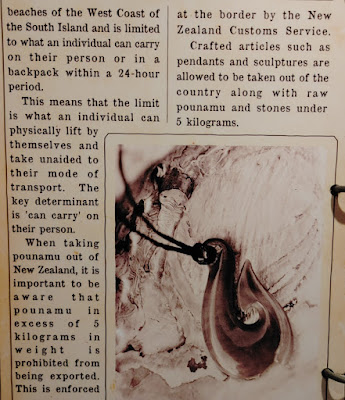












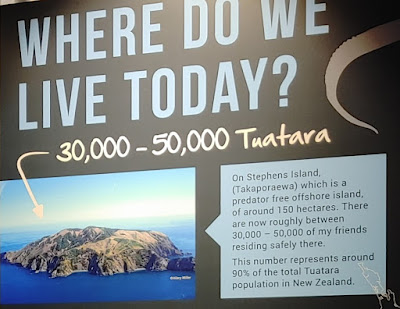











No comments:
Post a Comment